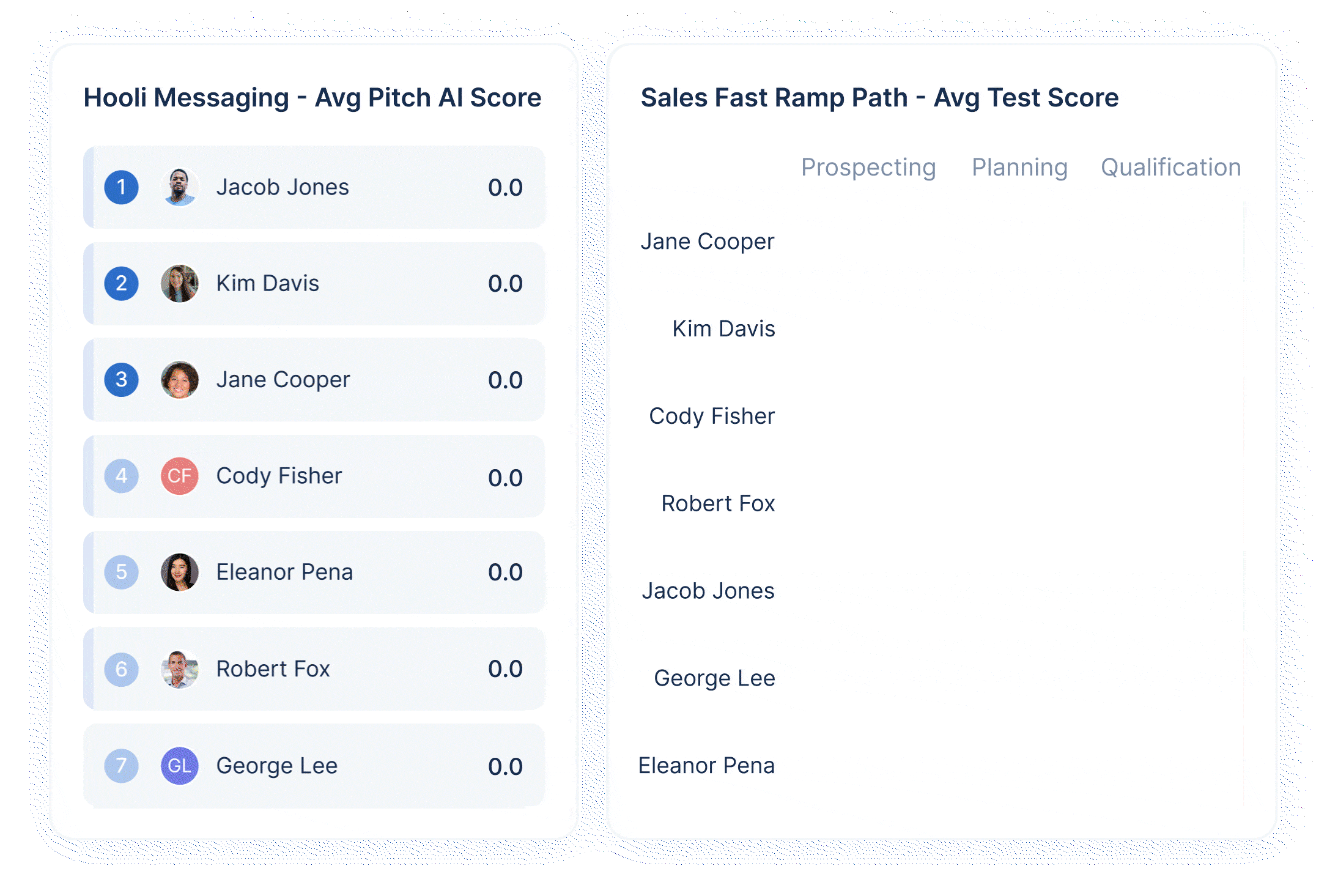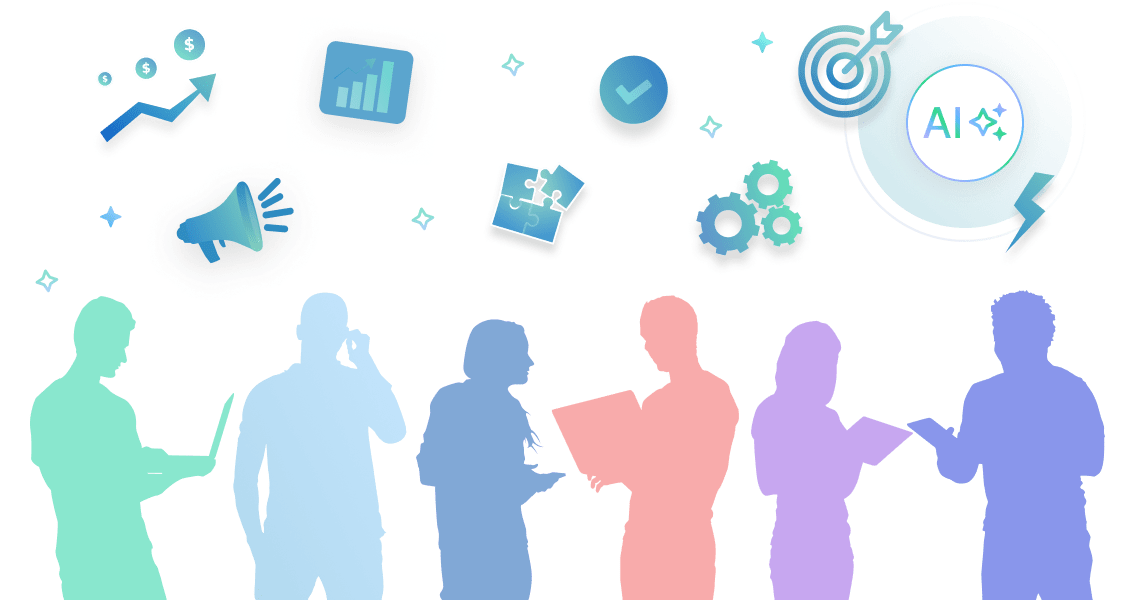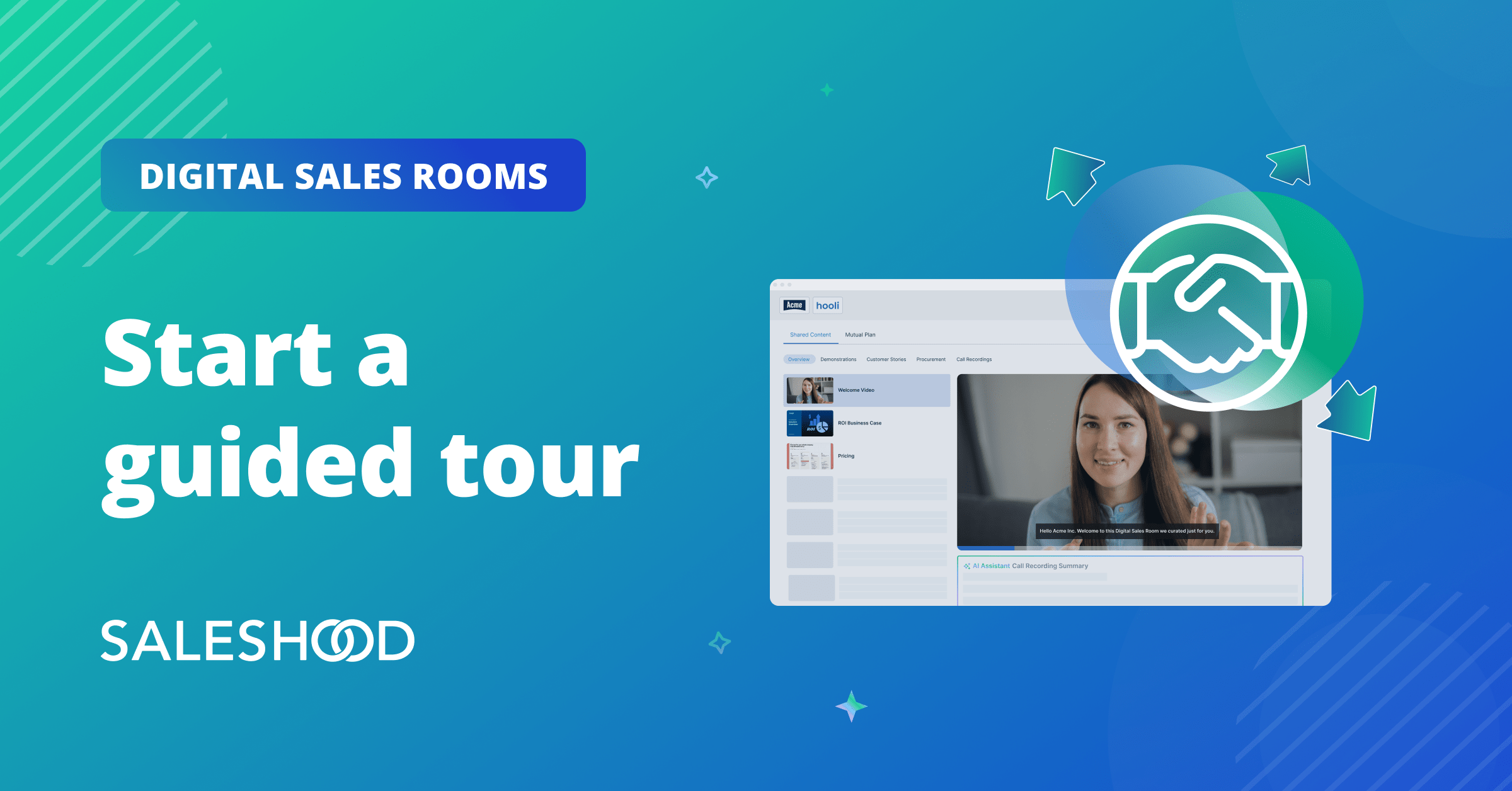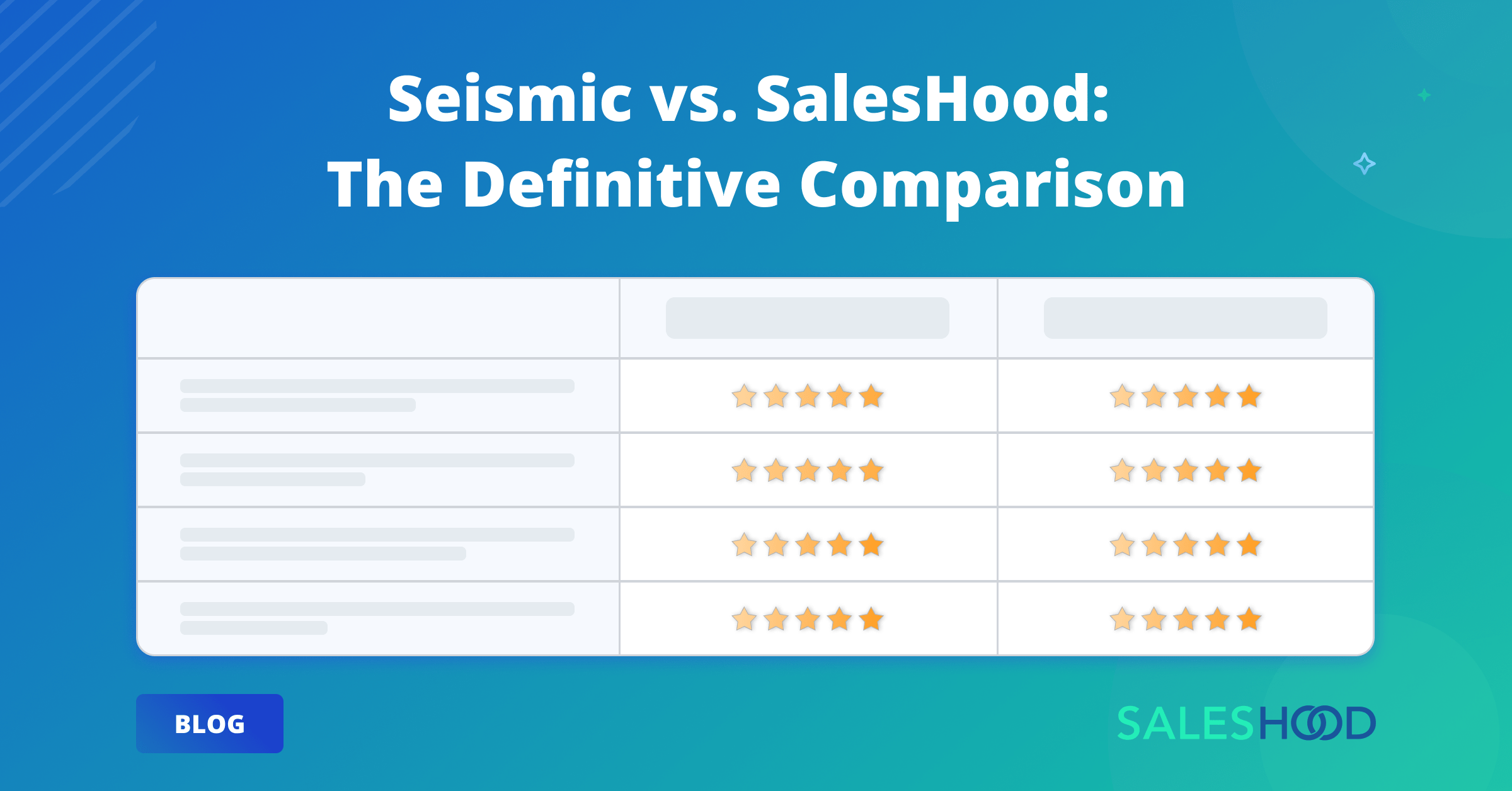Your Sales Kickoff (SKO) is a significant investment in time, energy, and resources designed to align teams, inspire action, and set the tone for the year ahead. But the true measure of an SKO’s success lies in what happens afterward. How do you ensure the energy, alignment, and strategies developed during the event translate into consistent, measurable success?
Investing in post-SKO strategies ensures your team stays aligned, motivated, and equipped to achieve their goals throughout the year. Remember, the true success of your SKO isn’t measured by what happens during the event but by the results you achieve because of it.
Here’s a three-step process to maintain momentum and ensure your SKO delivers lasting impact:
Step 1: Launch Post-SKO Pitch Certification
One of the best ways to ensure your teams retain and apply the learnings from your SKO is through a post-event pitch certification program. Here’s how you can do it effectively:
|
 |
Here are some benefits by team in the GTM organization:
- For Sellers: Builds confidence and mastery of messaging. They gain personalized feedback to refine pitches, improving communication with prospects and closing rates.
- For Sales Leadership: Provides visibility into team performance. Leaders can identify top talent and areas for improvement while fostering accountability.
- For Marketing: Ensures consistent messaging across teams. Marketing can verify that sales reps are accurately representing key value propositions.
The goal is to reinforce the messaging and strategies introduced during the SKO while creating a clear path for continuous improvement.
Step 2: Reinforce with Just-in-Time Enablement
Even the most enthusiastic teams need consistent reinforcement to stay aligned and productive. Implementing just-in-time enablement ensures your teams are continually reminded of key SKO themes and priorities. Here’s how to do it:
- Reinforce Key Themes and Priorities: Use bite-sized, role-specific training modules to reinforce SKO messages. For instance, if pipeline progression or MEDDICC adoption was a priority, create focused content to revisit those concepts in practical scenarios.
- Set Up GenAI-Powered Coaching: Generative AI can play a crucial role in personalized coaching. AI-driven tools can simulate real-world sales scenarios, provide tailored feedback, and offer data-driven insights to help reps refine their approach.
- Create a Calendar for Assignments: Drip assignments and learning modules over weeks or months post-SKO. For example, you might schedule weekly micro-learning sessions or assign deal reviews for reps to practice applying SKO lessons in real-world situations.
- Measure Results: Track progress and completion rates for assignments. Use analytics to identify areas where additional support may be needed, ensuring no one falls behind.

Here are some benefits by team:
- For Sellers: Offers continuous skill development through digestible content, ensuring they stay aligned with priorities and prepared for evolving challenges.
- For Sales Leadership: Helps track team progress with measurable outcomes. Leaders can quickly address skill gaps and maintain alignment with revenue goals.
- For Marketing: Keeps SKO themes alive by aligning campaigns with ongoing training content, ensuring sales teams effectively use marketing materials.
Just-in-time enablement ensures that the energy from the SKO doesn’t fizzle out but instead evolves into actionable steps that drive performance.
Step 3: Create Marketing-Led Sales Plays
To truly capitalize on the momentum of your SKO, align marketing and sales with well-designed, actionable sales plays. Here’s how:
- Curate Content for Sales Plays: Collaborate with marketing to create relevant and impactful content that supports sales initiatives. This might include case studies, industry insights, or competitive comparison sheets tailored to specific stages of the buyer’s journey.
- Use Digital Sales Rooms: Leverage Digital Sales Rooms (DSRs) to centralize and share sales content. Create templates that make it easy for reps to personalize and share materials with prospects, ensuring consistency and professionalism.
- Measure Usage and Impact: Monitor how often content is used and its effectiveness in advancing deals. Metrics like content engagement rates and win rates can provide insights into what’s working and where adjustments are needed.
Here are some benefits:
- For Sellers: Provides ready-to-use, curated content tailored to sales stages, saving time and enabling reps to focus on selling effectively.
- For Sales Leadership: Enhances pipeline visibility with measurable results from sales play adoption, supporting more accurate forecasting and deal strategies.
- For Marketing: Allows tracking of content performance and usage through tools like Digital Sales Rooms, showcasing marketing’s direct impact on revenue.
By empowering your sales teams with targeted, marketing-led tools and resources, you ensure they’re equipped to deliver consistent results aligned with your SKO’s objectives.
Conclusion
Your SKO is just the beginning. By launching a pitch certification program, implementing just-in-time enablement, and creating marketing-led sales plays, you can keep the momentum going long after the event concludes. These strategies not only ensure the lessons of the SKO are retained but also transform them into tangible actions that drive measurable outcomes.
Investing in post-SKO strategies ensures your team stays aligned, motivated, and equipped to achieve their goals throughout the year. Remember, the true success of your SKO isn’t measured by what happens during the event but by the results you achieve because of it.



